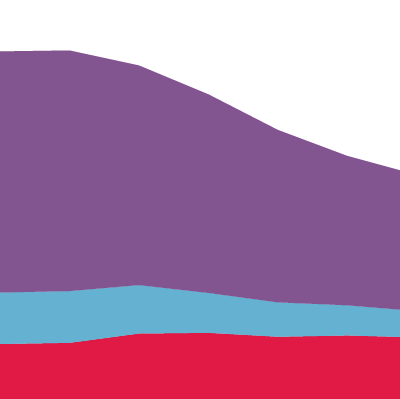Number of households in non-decent homes by tenure
26 April 2023

- 3.5 million homes in England were classed as non-decent in 2020.
- This is a decrease of 4.1 million since 2006, when 7.7 million homes were classed as non-decent.
Non-decent housing can directly affect a person’s health. A non-decent home is one with a hazard or immediate threat to a person’s health, not in a reasonable state of repair, lacking modern facilities or not effectively insulated or heated. For instance, poor insulation can lead to cold and damp homes, which are associated with a range of health problems. A non-decent home can also have hazards that can cause injuries, such as faulty wiring or trip hazards.
This chart shows how the number of non-decent homes by tenure has changed over time in England.
The number of homes classed as non-decent has fallen by 4.2 million, largely due to improvements in owner-occupied housing. The change in the number of non-decent private-rented homes has been much smaller.
- The biggest improvement has been in owner-occupied households, with 3.2 million fewer homes being classed as non-decent – a 60% reduction since 2006.
- The number of non-decent homes in the social rented sector has fallen by over half from 2006 to 2020, with 0.7 million fewer non-decent homes.
- The number of non-decent private rented homes has fallen slightly from 1.2 to 1 million over this period.
The health risk posed by non-decent homes remains a significant concern. While the number has been decreasing in England, nearly one in six homes is still classed as non-decent. The rate of improvement has also slowed in recent years, showing the limited impact of current policy approaches and highlighting the need to better address this moving forwards.
- Non-decent homes are defined as those with a Category 1 hazard – as assessed by the Housing Health and Safety Rating System (HHSRS) – that are not in a reasonable state of repair, lack reasonably modern facilities or are not warm enough (do not provide a reasonable degree of thermal comfort).
Source: Ministry of Housing, Communities & Local Government, English Housing Survey, 2022.







